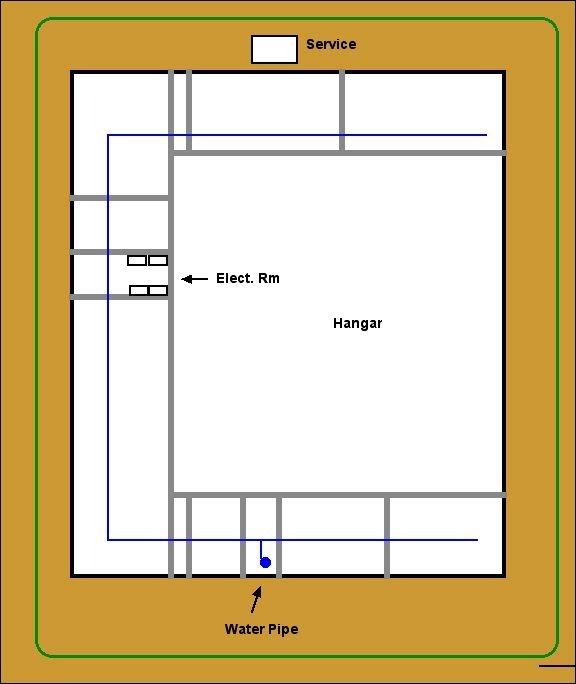- Location
- Windsor, CO NEC: 2023
- Occupation
- Hospital Master Electrician
If you wanted to use the exception to 250.52(A)(1) in a commercial establishment, a couple of questions:
1. Can the excepted water pipe pass horizontally through a hard lid (say, 30' of pipe concealed)?
2. If not, why not?
3. What are "conditions of maintenance and supervision" in this case? Is that qualified plumbers or electricians?
They may seem like stupid questions, but I would like some answers.
Thanks in advance,
1. Can the excepted water pipe pass horizontally through a hard lid (say, 30' of pipe concealed)?
2. If not, why not?
3. What are "conditions of maintenance and supervision" in this case? Is that qualified plumbers or electricians?
They may seem like stupid questions, but I would like some answers.
Thanks in advance,


